Who Killed WCW? A Put up-Mortem of a Wrestling Large
Associated Articles: Who Killed WCW? A Put up-Mortem of a Wrestling Large
Introduction
With nice pleasure, we are going to discover the intriguing subject associated to Who Killed WCW? A Put up-Mortem of a Wrestling Large. Let’s weave attention-grabbing data and supply recent views to the readers.
Desk of Content material
Who Killed WCW? A Put up-Mortem of a Wrestling Large
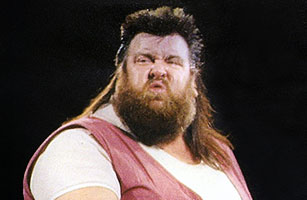
The autumn of World Championship Wrestling (WCW) in 2001 stays one of the surprising and debated occasions in skilled wrestling historical past. Whereas the ultimate blow – the sale to WWE – was swift and decisive, the dying of WCW was a sluggish, agonizing course of, a fruits of quite a few elements that contributed to its final demise. Pinpointing a single "killer" is not possible; as a substitute, it is a complicated tapestry woven from artistic stagnation, poor administration, and the relentless stress of a dominant competitor.
This text will delve into the varied contributing elements that led to WCW’s downfall, inspecting the interior struggles, exterior pressures, and in the end, the deadly missteps that sealed its destiny. We’ll discover the roles performed by key figures inside the firm, the altering panorama {of professional} wrestling, and the lasting influence of WCW’s collapse on the trade.
The Inventive Disaster: A Lack of Identification
Some of the important contributors to WCW’s decline was its wrestle to keep up a constant and compelling artistic route. After a interval of immense success within the late Nineties, famously dubbed the "Monday Night time Wars," WCW appeared to lose its artistic compass. The revolutionary and edgy storylines that had initially captivated audiences, that includes charismatic characters like Ric Aptitude, Sting, and Goldberg, have been progressively changed with more and more convoluted and nonsensical narratives.
The notorious "finger poke of doom" match between Hulk Hogan and Goldberg, which successfully ended Goldberg’s undefeated streak and marked a big turning level in WCW’s trajectory, exemplifies this artistic decline. It wasn’t only a single occasion, however a symptom of a broader downside: the shortcoming to successfully make the most of its roster and construct compelling storylines. The fixed shifting of energy dynamics, the unpredictable reserving choices, and the shortage of a cohesive long-term plan alienated each the wrestlers and the fanbase.
The introduction of the New Blood storyline, whereas initially promising, in the end didn’t rejuvenate the corporate. Whereas it tried to showcase youthful expertise, the execution was flawed, usually resulting in complicated and inconsistent character growth. The dearth of clear-cut heroes and villains, coupled with an over-reliance on established stars who have been previous their prime, additional contributed to the artistic malaise.
Administration Mayhem: A Home Divided
Past artistic shortcomings, WCW suffered from important inside struggles and poor administration. The corporate underwent quite a few possession adjustments and management shuffles, resulting in instability and an absence of clear route. This fixed upheaval prevented the implementation of long-term methods and fostered an surroundings of uncertainty and infighting.
Eric Bischoff, initially credited with WCW’s rise to prominence throughout the Monday Night time Wars, in the end grew to become an emblem of its decline. Whereas his preliminary aggressive method helped WCW compete with WWE, his later choices, usually pushed by ego and short-sighted features, proved detrimental. His artistic decisions, usually erratic and unpredictable, contributed to the erosion of WCW’s credibility.
The dearth of a cohesive administration construction allowed for energy struggles and conflicting agendas, hindering efficient decision-making and additional contributing to the artistic chaos. The fixed shifting of energy and accountability left the corporate rudderless, unable to adapt to the evolving panorama {of professional} wrestling.
The Goliath within the Room: WWE’s Unrelenting Strain
The ever-present shadow of WWE, its relentless competitors, performed an important function in WCW’s demise. Whereas WCW initially thrived by difficult WWE’s dominance throughout the Monday Night time Wars, it in the end didn’t maintain its momentum. WWE’s superior advertising, stronger monetary backing, and in the end, extra constant artistic route proved insurmountable obstacles.
WWE’s capacity to persistently ship compelling storylines and domesticate charismatic stars allowed them to retain a bigger viewers share. WCW’s lack of ability to maintain tempo, coupled with its inside struggles, allowed WWE to progressively reclaim its place because the undisputed chief within the skilled wrestling trade. The Monday Night time Wars in the end ended not with a bang, however with a whimper, as WCW’s scores plummeted and its monetary state of affairs deteriorated.
The Remaining Nail within the Coffin: The Sale to WWE
The eventual sale of WCW to WWE in 2001 marked the official finish of an period. Whereas the acquisition itself wasn’t essentially the only reason for WCW’s demise, it signified the fruits of years of inside strife, artistic stagnation, and the overwhelming stress exerted by WWE. The sale, although, wasn’t a easy takeover; it was the ultimate chapter in a protracted, drawn-out decline.
The following "invasion" storyline in WWE, which featured a number of former WCW stars, served as a symbolic illustration of the top of the Monday Night time Wars. Whereas it offered a brief increase in scores for WWE, it additionally underscored the finality of WCW’s demise and the whole dominance of WWE within the skilled wrestling panorama.
Conclusion: A Legacy of Classes
The demise of WCW wasn’t attributable to a single occasion or particular person however fairly a confluence of things. Inventive stagnation, poor administration, inside conflicts, and the relentless stress of a dominant competitor all performed essential roles in its downfall. The story of WCW’s collapse serves as a cautionary story for any group, highlighting the significance of constant artistic imaginative and prescient, efficient administration, and the power to adapt to a altering market.
Whereas WCW is gone, its legacy lives on. The revolutionary storylines and charismatic wrestlers of the Monday Night time Wars period proceed to encourage and affect the world {of professional} wrestling. The teachings realized from WCW’s downfall stay related right now, reminding us of the essential want for sturdy management, artistic consistency, and the power to adapt and evolve in a fiercely aggressive surroundings. The query "Who killed WCW?" in the end has no single reply, however the examination of its demise gives invaluable insights into the complexities of the leisure trade and the significance of strategic planning and constant execution. The ghost of WCW nonetheless haunts the wrestling world, a relentless reminder of what can occur when a wrestling big loses its footing.
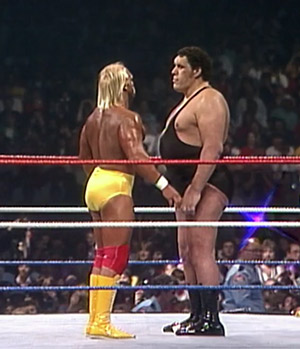
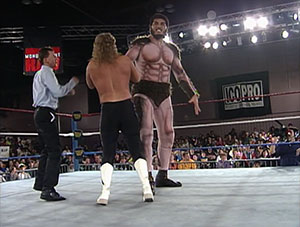

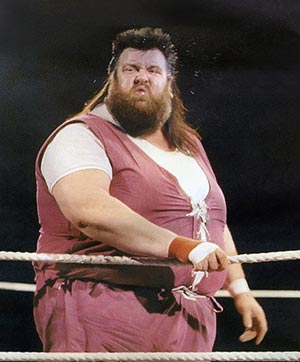
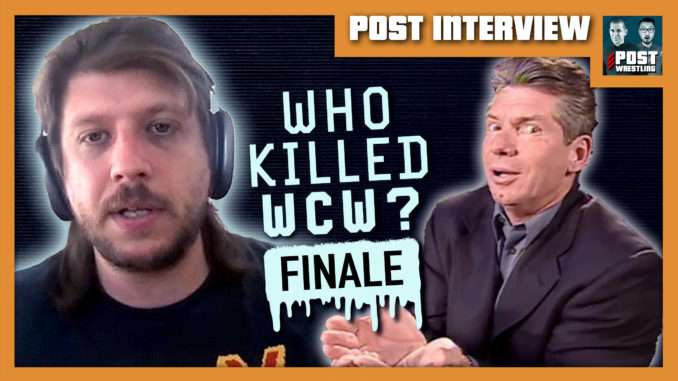
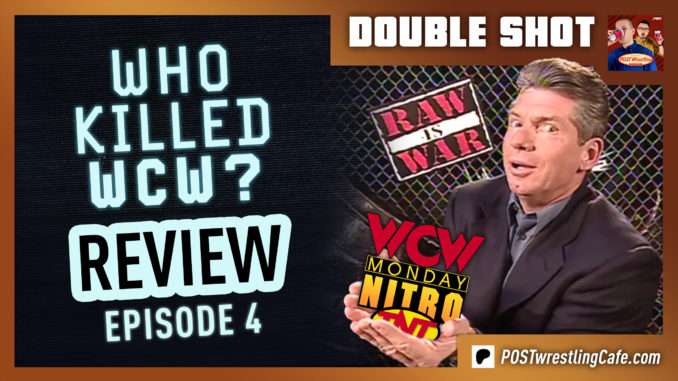


Closure
Thus, we hope this text has offered priceless insights into Who Killed WCW? A Put up-Mortem of a Wrestling Large. We respect your consideration to our article. See you in our subsequent article!

